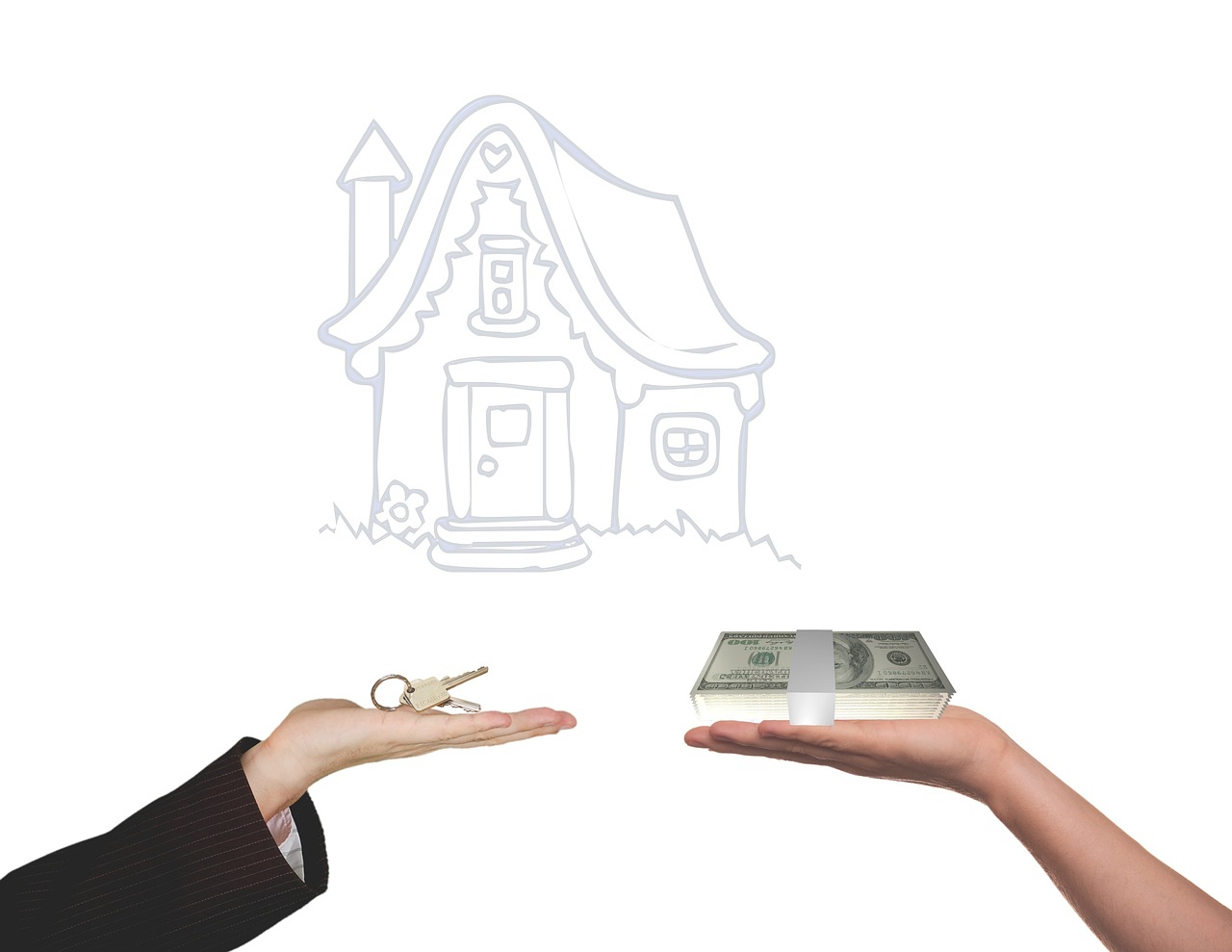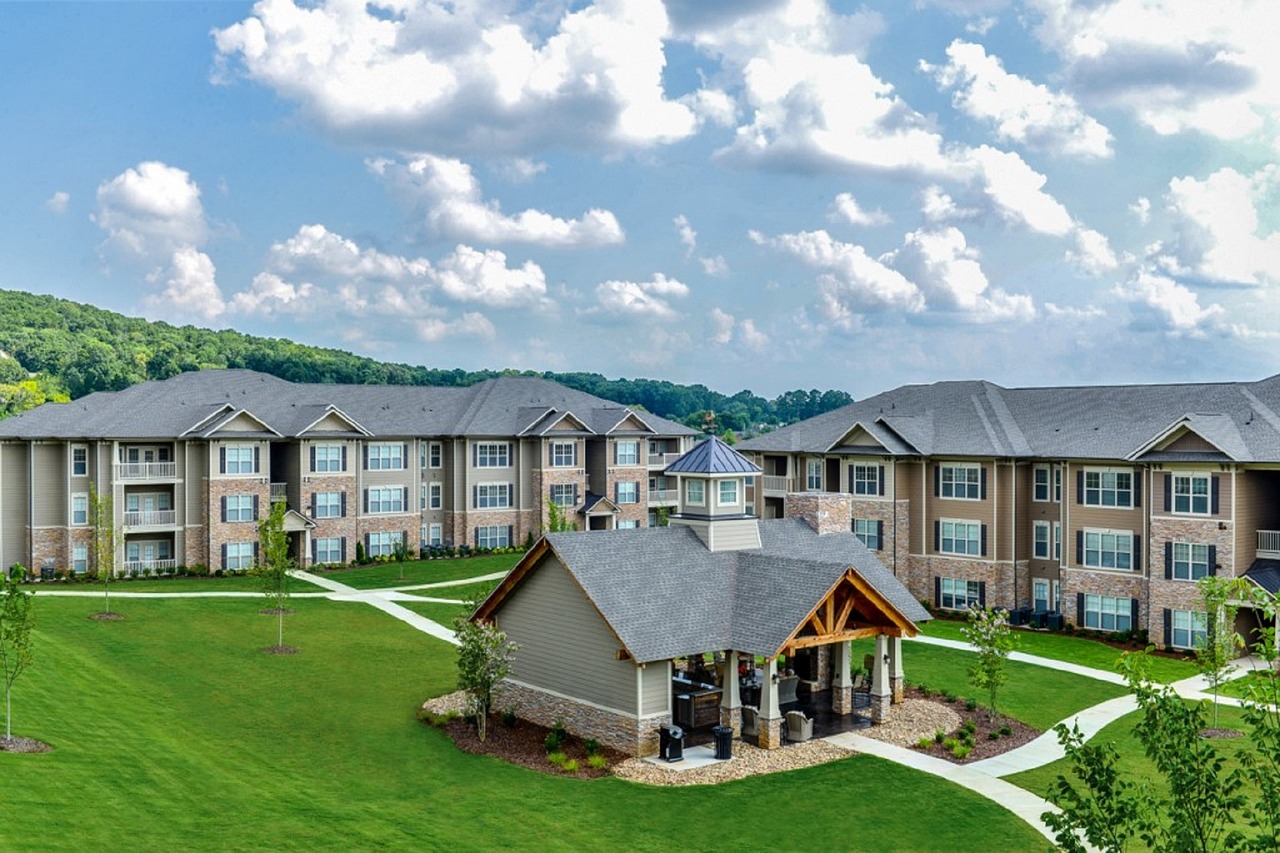 How to Negotiate the Best Deal When Buying Your Home
How to Negotiate the Best Deal When Buying Your Home
Purchasing a home is an exciting milestone, but it can also be a nerve-wracking experience. One of the most important aspects of buying a home is negotiating the price and terms of the sale. With the right approach, you can secure a great deal while avoiding unnecessary stress. In this post, we’ll walk you through some tips and strategies for negotiating the best deal when buying your home.
1. Do Your Homework: Research the Market
Before you start negotiating, it’s essential to understand the local real estate market. Research recent sales of similar homes in the area (also known as “comparables” or “comps”) to get a sense of the market value of the home you’re interested in. This will give you an idea of what the home is truly worth and whether the listing price is reasonable.
- Tip: Use online tools like Zillow, Realtor.com, or consult with a real estate agent to get accurate pricing information in your desired neighborhood.
2. Understand the Seller’s Motivation
The more you know about the seller’s motivation, the better equipped you’ll be to negotiate effectively. Are they in a hurry to sell because of a job relocation or financial situation? Or, are they hoping to sell for top dollar and may not be as flexible on price? Understanding their situation will give you insight into their level of urgency and how much room there might be to negotiate.
- Tip: If you can, ask your agent to gather information about the seller’s reasons for moving. If the seller is motivated to sell quickly, they may be willing to accept a lower offer.
3. Start with a Reasonable Offer
It can be tempting to make a lowball offer in hopes of getting a good deal, but this approach can often backfire. While you want to get the best price possible, making an unreasonable offer could alienate the seller or prevent you from even getting a counteroffer.
- Tip: Start with an offer that is competitive based on the market research you’ve done, leaving room for negotiation. This shows that you’re serious about purchasing while still giving you space to negotiate.
4. Don’t Forget to Negotiate Other Terms
Price isn’t the only thing you can negotiate when buying a home. Other terms of the sale, such as the closing date, home inspection contingencies, or seller-paid closing costs, can be negotiated to your advantage.
- Tip: If the price is firm, consider negotiating for the seller to cover part of your closing costs or provide a home warranty. This can save you money and make the deal more favorable.
5. Be Prepared to Walk Away
One of the most powerful negotiating tools you have is the ability to walk away from the deal. If the seller isn’t willing to meet your terms or provide a price you’re comfortable with, don’t be afraid to look at other homes. Sometimes, sellers will be more willing to negotiate once they realize you’re not desperate to buy their property.
- Tip: Know your budget and your limits before you start negotiating. Be prepared to walk away if the deal doesn’t make sense for you financially.
6. Be Patient and Stay Calm
Negotiation is often a process, and it’s important to stay calm and patient. It’s natural to feel pressure during the negotiation, but don’t let emotions take over. Make sure you’re not rushing into decisions or agreeing to terms that aren’t in your best interest.
- Tip: Take a step back and allow time for counteroffers or responses from the seller. This shows that you are serious but not desperate.
7. Work with a Skilled Negotiator (Your Agent)
While you may have the best intentions when it comes to negotiating, working with a skilled real estate agent can make a world of difference. An experienced agent will have a wealth of knowledge about the market, understanding of negotiation tactics, and the expertise to get the best possible deal for you.
- Tip: Make sure your agent is prepared to negotiate on your behalf and is committed to getting you the best deal possible.
8. Don’t Let Your Emotions Get in the Way
It’s easy to get emotionally attached to a home, especially if it ticks all the boxes on your wish list. However, letting your emotions guide your negotiations can lead to overpaying or accepting terms that aren’t in your best interest.
- Tip: Keep your emotions in check and focus on your financial goals and needs. This will help you make a more rational decision when negotiating.
Conclusion
Negotiating the best deal when buying a home takes preparation, patience, and strategy. By researching the market, understanding the seller’s motivation, and working with a skilled agent, you can increase your chances of securing a great deal. Remember that you have the power to negotiate more than just the price – the terms of the deal are just as important.
If you’re ready to start the home-buying process and want expert help negotiating, feel free to reach out. Let’s work together to find the perfect home and get the best deal possible!

 Facebook
Facebook
 X
X
 Pinterest
Pinterest
 Copy Link
Copy Link

 How to Negotiate the Best Deal When Buying Your Home
How to Negotiate the Best Deal When Buying Your Home















